Choryuhyang (초유향)
2.6Km 2017-11-23
24-10, Dadong-gil, Jung-gu, Seoul
This restaurant's feature items are its Samseon-nurungjitang, Dongpayuk, and Seafood Galbi. Seafood is plentiful in the Samseon-nurungjitang, making for a delicous soup base to which nicely browned rice is added later. When the browned rice is added to the soup base, a loud crackling noise is heard, which signals the beginning of a delicious meal.
Yonggeumok (용금옥)
2.6Km 2020-06-09
24-2, Dadong-gil, Jung-gu, Seoul
+82-2-777-1689
Yonggeumok's specialized stew includes tofu, fried tofu, spring onion, onion, oyster mushroom, tree ear mushroom, and other condiments added to broth boiled with lamb and its intestines overnight. Pre-cooked loaches are added in the end, creating a spicy yet savory flavor with chewy texture (loaches can be ground upon request). The restaurant serves Gyeongsang-do style, Jeolla-do style and Seoul-style chueo tang (loach stew).
Jeonju Hoegwan (전주회관)
2.6Km 2019-08-31
32-1, Sejong-daero 14-gil, Jung-gu, Seoul
82-2-778-6689
Well-known among both Koreans and foreigners, this restaurant has been specializing in traditional Korean dishes for more than 50 years. Its gopdol bibimbap is patented and also the most popular dish in the restaurant.
Songwon Bokjib (송원복집)
2.6Km 2021-10-22
39, Namdaemun-ro 5-gil, Jung-gu, Seoul
+82-2-755-3979
This restaurant serves traditional Japanese-style pufferfish specialties. With almost half-century of experience in pufferfish cuisine, the owner of Songwon was trained in Teppan, Japan and remains a special member of the Japanese Pufferfish Federation. The restaurant also offers eel, sukiyaki, and sushi dishes, all made in the traditional Japanese style.
Uncles - Daehakro Branch (엉클스 대학로)
2.6Km 2021-03-19
12, Daehak-ro, Jongno-gu, Seoul
+82-70-8845-8493
A spicy rice cakes specialty restaurant located in Daehak-ro, Seoul. The most famous menu is stir-fried rice cake. You can choose a variety of toppings.
Moonguesthouse [Korea Quality] / 문게스트하우스 [한국관광 품질인증]
2.6Km 2020-09-09
31-18, Samil-daero 32-gil, Jongno-gu, Seoul
+82-2-745-8008, +82-10-8704-9981
The Moon Guesthouse is situated near a number of interesting tourist destinations including Unhyeongung Palace (3min on foot), Bukchon Hanok Village (5min on foot), Changdeokgung Palace (5min on foot), and Changgyeonggung Palace (10min on foot). The guesthouse was named ‘moon’ (‘door’ in English) because it has many 176 doors and windows. Upon entering by the gate, visitors will see a ‘ㄷ’-shaped hanok building in the courtyard, in which a wooden bedstead and a table are placed. On the opposite of the hanok building there is a wall roofed with tiles engraved with Korean patterns such as deer, pine, turtle, etc. Flowers in the flowerbed lined up along the wall are in bloom and the bonsai are also well-kept in the house. Renovated and opened as a guesthouse in September 2011, Moon Guesthouse consists of a bonchae (main building) and a byeolchae (detached house). The rooms are decorated with red clay and hanji (traditional Korean paper handmade from mulberry trees), and have under-the-floor heating (ondol). Each room is equipped with an air-conditioner, and has a 40cm-thick layer of red clay over the ceiling for insulation, making the rooms cool in summer and warm in winter. The house has seven individual guestrooms and five modern bathrooms, but the entire building (bonchae or byeolchae) can be rented, too. In particular, the unhyeondang of the bonchae is very popular as it can be converted into one large space for special events, group workshops, etc. simply by opening all the sliding doors (Bunhapmun – Goryeo construction style). This room, which is decorated with a flower-patterned windscreen, a landscape painting, and calligraphy, has been used as a shooting location for various TV programs including KBS2’s TV reality program Man’s Qualification and its variety show The Human Condition. The guestrooms are also equipped with traditional furniture including a cabinet inlaid with mother-of-pearl. The guesthouse also provides a variety of experience programs from 11am to 3pm, including tea ceremony, wearing Hanbok (traditional Korean clothes), making kimchi and gochujang (red chili paste), playing a traditional musical instrument, making a rubbing of a stone inscription, calligraphy, drawing orchids on a fan, and so on. The house has about seventy hanbok and other clothing accessories, as well as a royal costume. Its calligraphy and drawing orchid programs are run directly by the owner, who used to work as a classical Chinese teacher at a high school.
Sadongmyeonok (사동면옥)
2.6Km 2021-12-17
9, Insadong, 8-gil, Jongno-gu, Seoul
+82-2-735-7393
A store with over 35 years’ experience that sells Hwanghaedo-style dumplings. The best menu at this restaurant is dumpling hot pot. This Korean dishes restaurant is located in Jongno-gu, Seoul.
Teatro ArKo (아르코예술극장)
2.6Km 2021-01-27
Daehak-ro 10(sip)-gil17, Jongno-gu, Seúl.
+82-2-3668-0007
El Teatro Arko fue Inaugurado el 1 de abril de 1981 con el objetivo de desarrollar las arte escénicas, promover su popularidad y ofrecer oportunidades a las organizaciones artísticas y culturales con problemas económicos.
Este teatro ha contribuido al progreso de las artes escénicas de Corea durante los últimos 24 años. Hasta 2004 se registraron 20.581 funciones y 4.067.245 espectadores.
Su aparición influyo bastante al nacimiento de otros teatros y juntos lograron que Dongsung-dong se conviertiera en
el corazón de las artes escénicas de Corea.
Actualmente en esta zona se encuentran 58 teatros en total y presentan diversas obras sin días de descanso.
Samhyeongje Jjukkumi - Daehangno Branch (삼형제쭈꾸미 대학로)
2.6Km 2021-03-24
68, Dongsung-gil, Jongno-gu, Seoul
+82-2-763-1204
This is a restaurant serving jjukumi (webfoot octopus), which has been featured in the gourmet program. This restaurant's signature menu is grilled pork belly. This Korean dishes restaurant is located in Jongno-gu, Seoul.
Museo Kimchikan (뮤지엄 김치간)
2.6Km 2021-04-27
Insadong-gil 35-4, Jongno-gu, Seúl
Desde su fundación en 1986, el Museo Kimchikan ha exhibido las reliquias históricas relacionadas con el kimchi, los diversos tipos, maquetas de los procesos del preparado, e información sobre la eficacia derivada de su proceso de fermentación. Los visitantes aprenderán sobre el origen y la historia del kimchi a través de libros, pinturas y escrituras antiguas, y los diferentes tipos de vasijas almacenadoras de kimchi junto con los utensilios tradicionales de cocina que se utilizaban para prepararlo. También se exponen diferentes tipos de kimchi característicos en cada región de Corea y espacios para actividades.

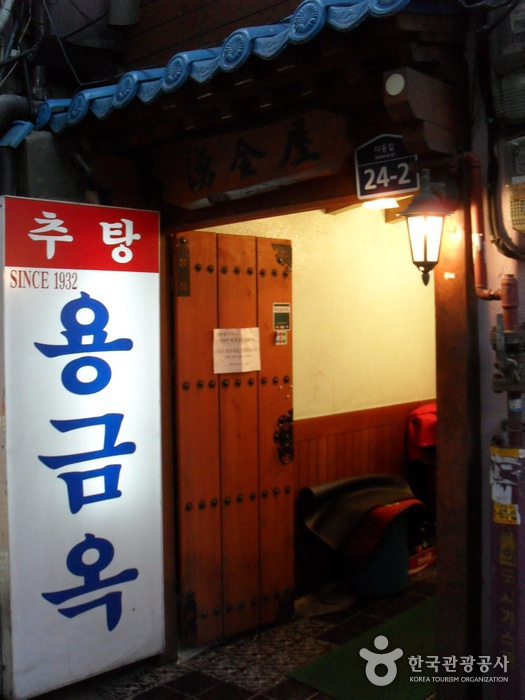
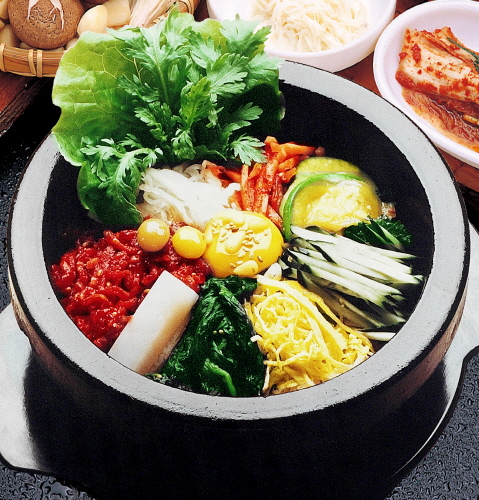
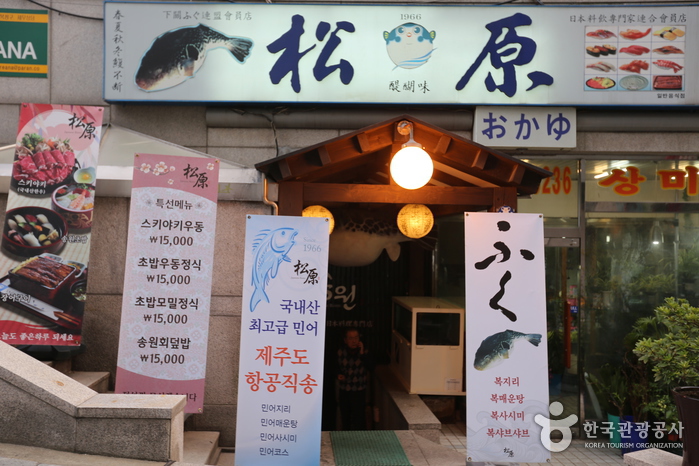
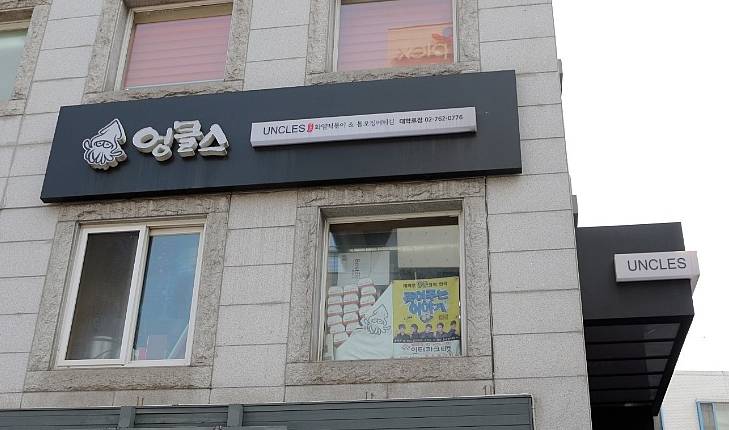
![Moonguesthouse [Korea Quality] / 문게스트하우스 [한국관광 품질인증]](http://tong.visitkorea.or.kr/cms/resource/09/2577509_image2_1.jpg)

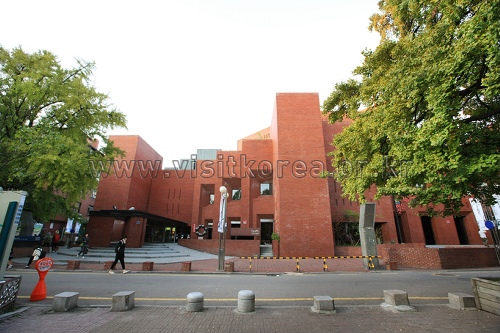
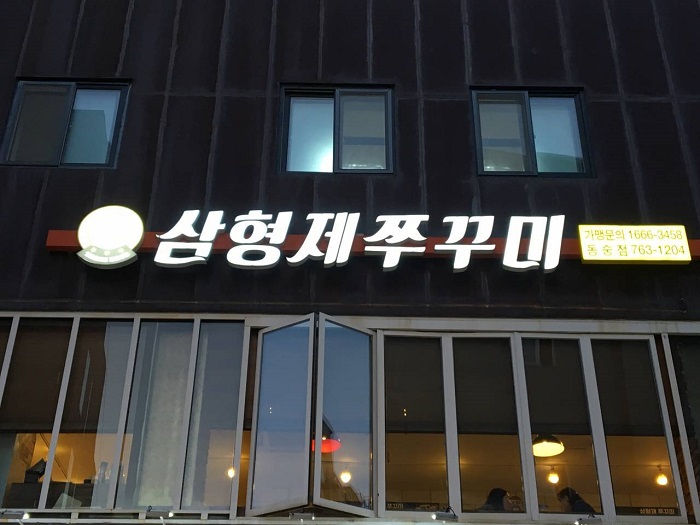
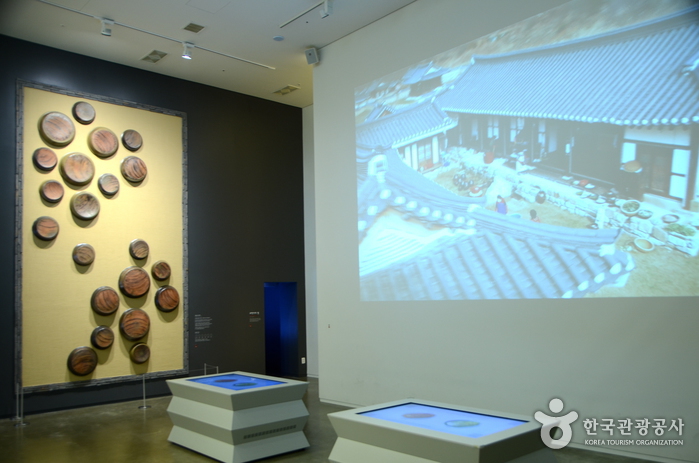
 Español
Español
 한국어
한국어 English
English 日本語
日本語 中文(简体)
中文(简体) Deutsch
Deutsch Français
Français Русский
Русский